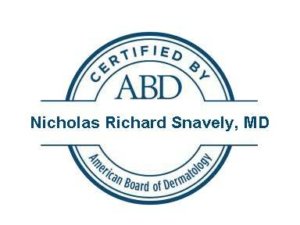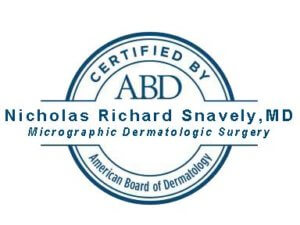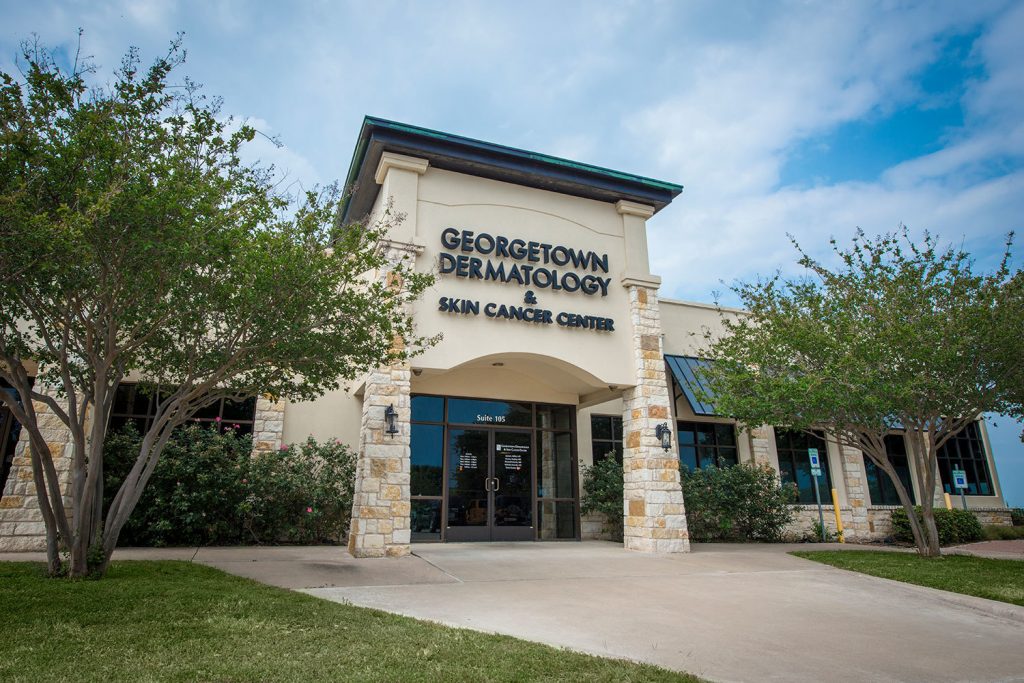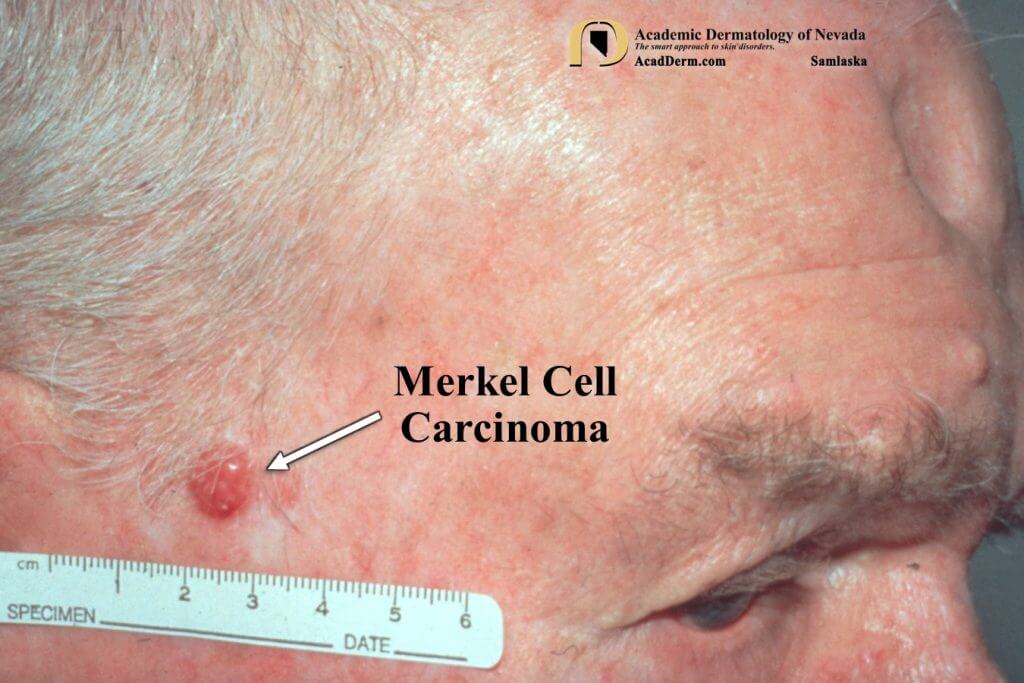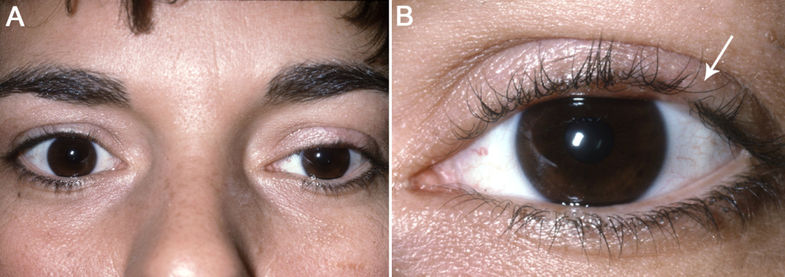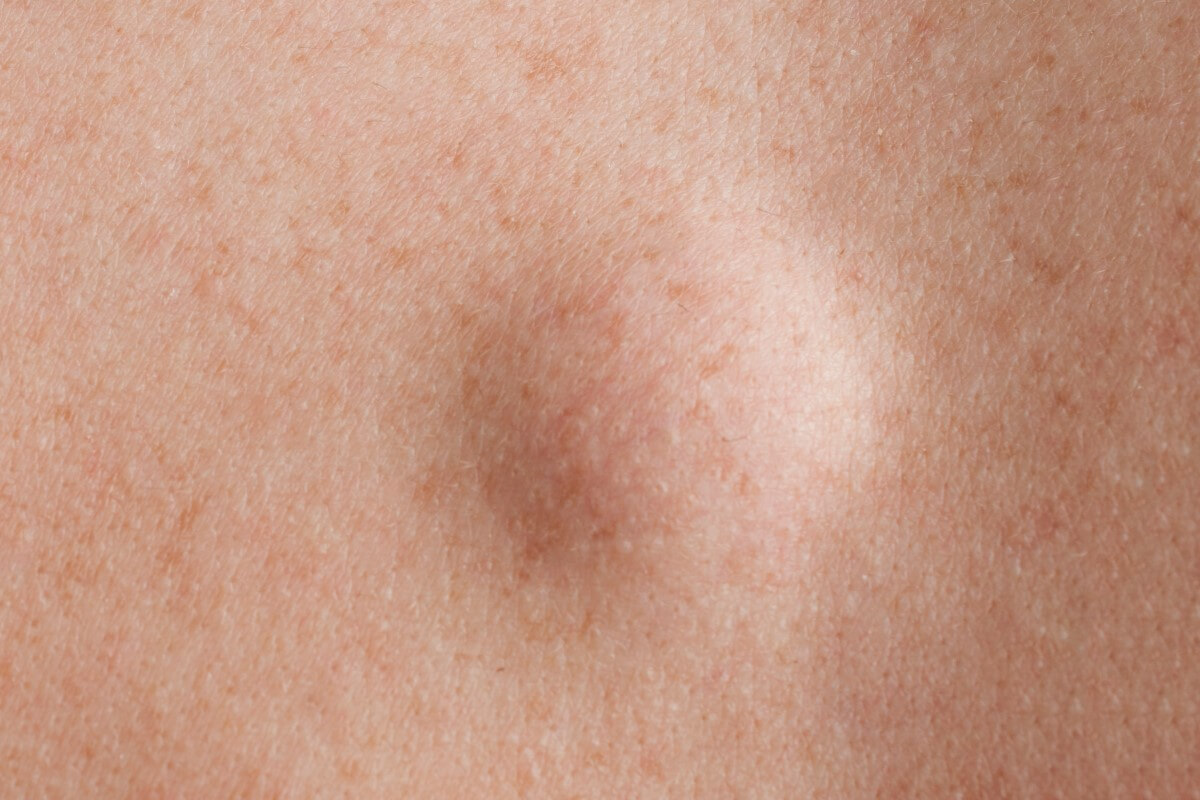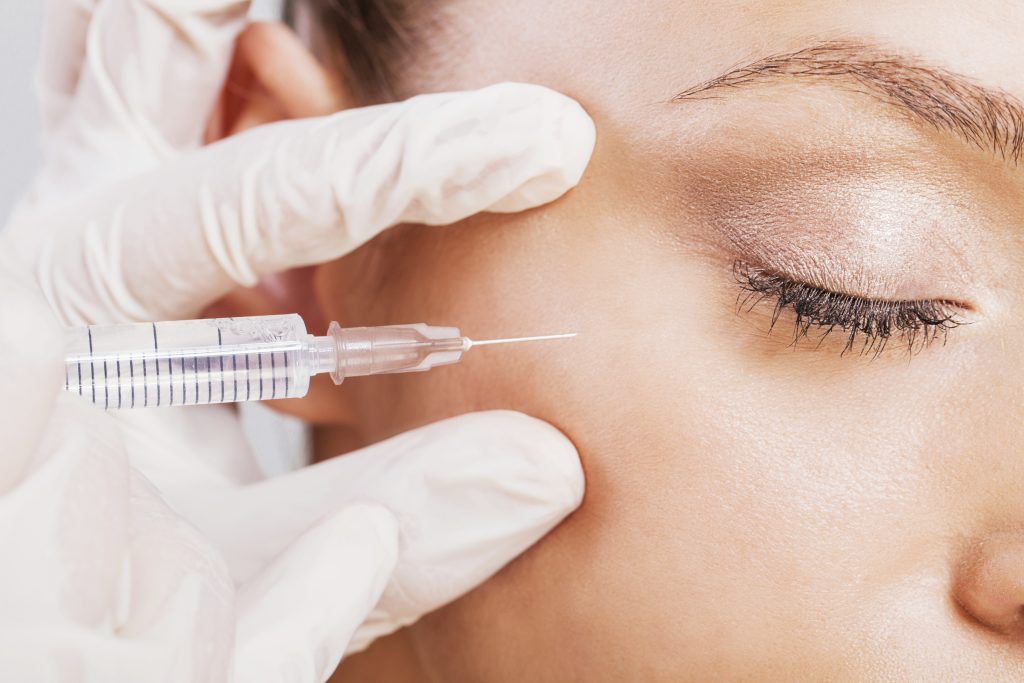Nicholas Snavely, MD is an expert in the prevention, detection and treatment of skin cancer, as well as advanced reconstruction.
Dr. Snavely is a cum laude graduate of Cornell University, graduating with a Bachelors in Biology. He earned his Doctorate of Medicine from Baylor College of Medicine in Houston and went on to complete a dermatology residency at the University of Virginia in Charlottesville, Virginia, where he served as chief resident his final year. Following his residency, he completed an advanced dermatologic surgery fellowship at Oregon Health & Science University in Portland, Oregon, under accomplished surgeons Dr. Neil Swanson and Dr. Anna Bar.
Dr. Snavely grew up in Avon, Ohio, about 20 minutes west of Cleveland. He spent a good deal of his leisure time participating in sports – especially basketball. Dr. Snavely enjoys jogging, cooking, reading, and he still attempts to play basketball.
Dr. Nicholas Snavely treats patients in the following locations: U.S. Dermatology Georgetown, U.S. Dermatology Partners Belton TX, and U.S. Dermatology Partners Brodie Lane. You can read more about each location below.
Specialties and Affiliations
- American Board of Dermatology
- American Academy of Dermatology


